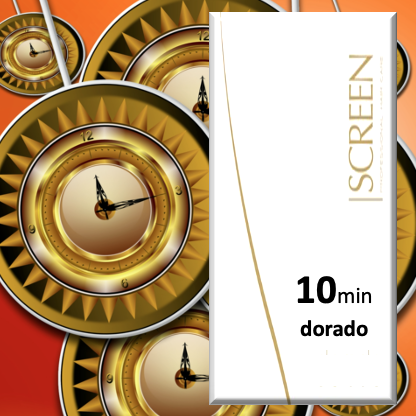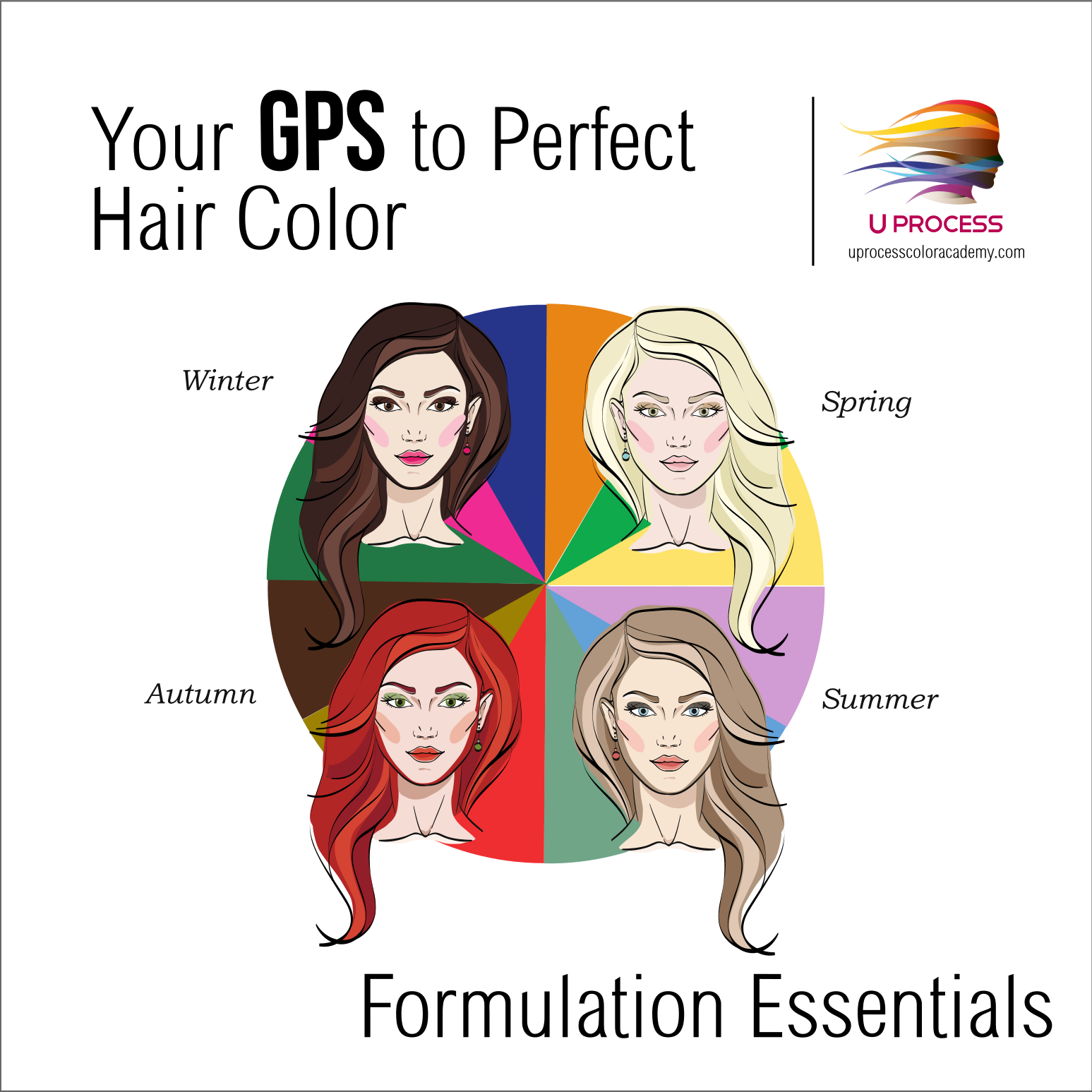-
Welcome to UProcess Color Academy!
Welcome!
- If you are here as a guest, feel free to look at our preview course.
- If you want to get lifetime access to our courses and your hands-on color exercise kits, please visit the registration page at http://uprocesscoloracademy.com/uprocess/register
***note*** All content, writing or video submitted to the site can be viewed by other students on the site. ***Note***
-
Glossary
This glossary of terms can give you more certainty as you learn with UProcess.
Available courses

These are videos and other resources for people who are still deciding about taking courses with UProcess.

Why, 10MIN Hair Color is a 21st Century Hair Color.
What, 10MIN can do to change your work life.
How, to Cover Gray, Darken Hair or Lighten Hair 2 levels in 10MIN.
If, you check out 10MIN Dorado you will get your questions answered.
30 Minutes of information can be a game changer!

Hair Color that perfectly suits your client is the secret to Client Color Satisfaction, rebooking and new client referrals.
- Teacher: Lois Rivera

U Create Formulas, Enjoy the challenge of creating the perfect hair color formula for 6 imaginary clients. Test your color formulation skill, challenge our Navigators, show your boss your skill.
- Teacher: Lois Rivera

Driven 2 Color Performance
- Teacher: Lois Rivera

Your GPS to Color Selection
- Teacher: Lois Rivera
- Teacher: Shaun Holland
- Teacher: Lois Rivera